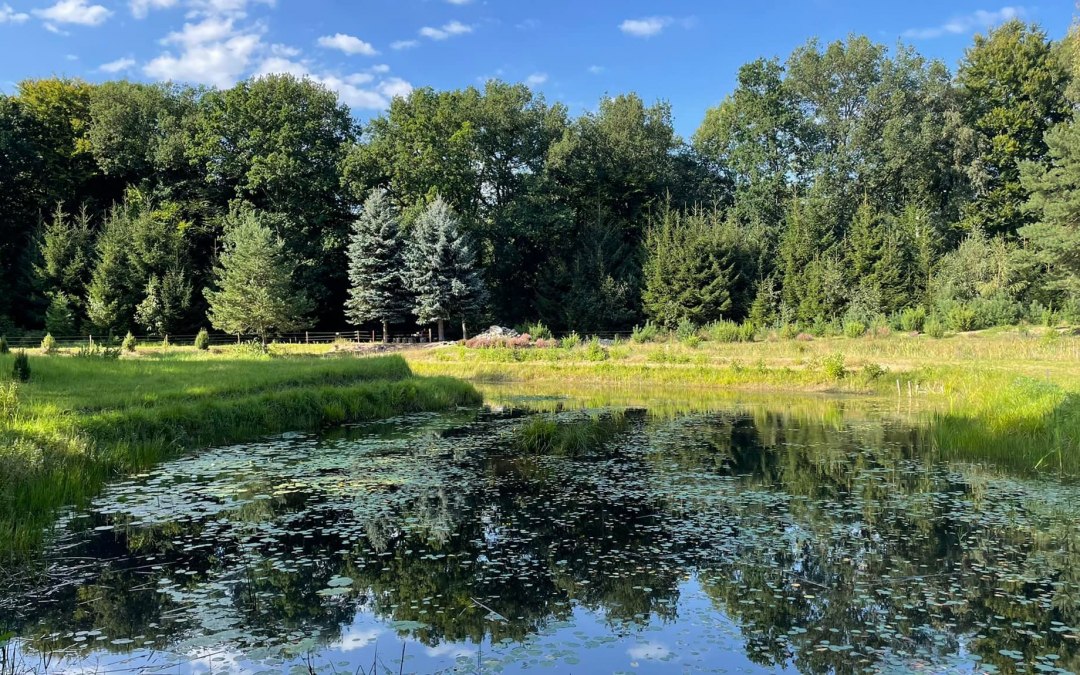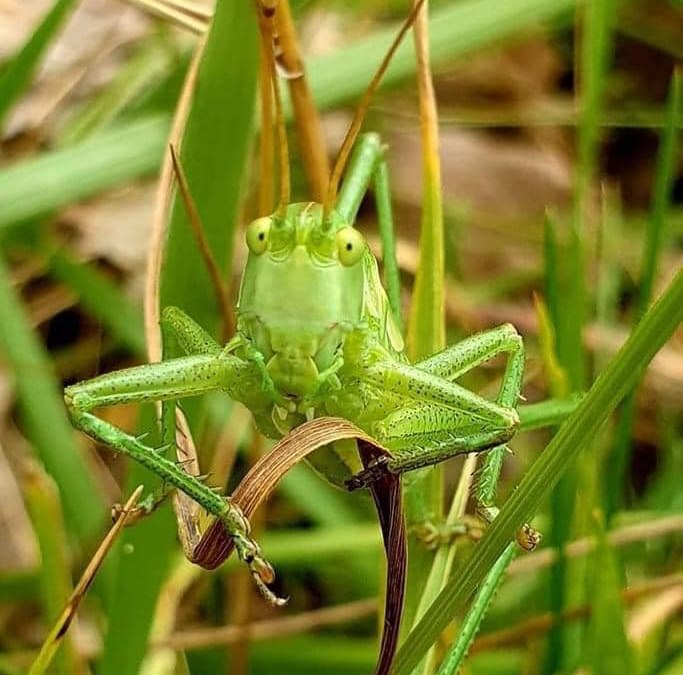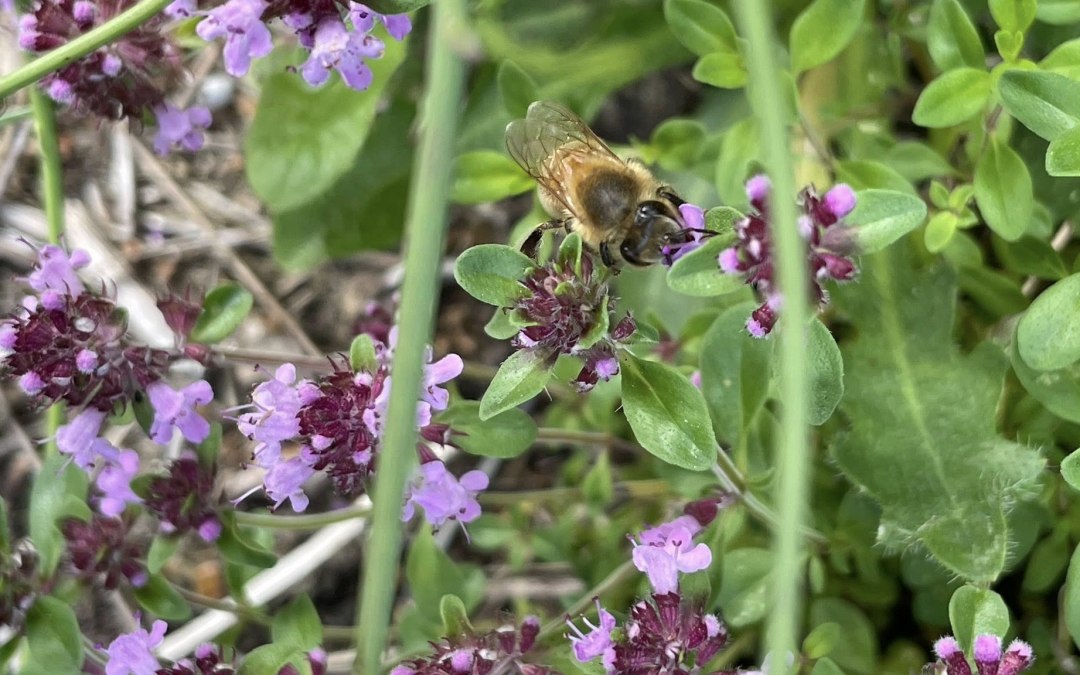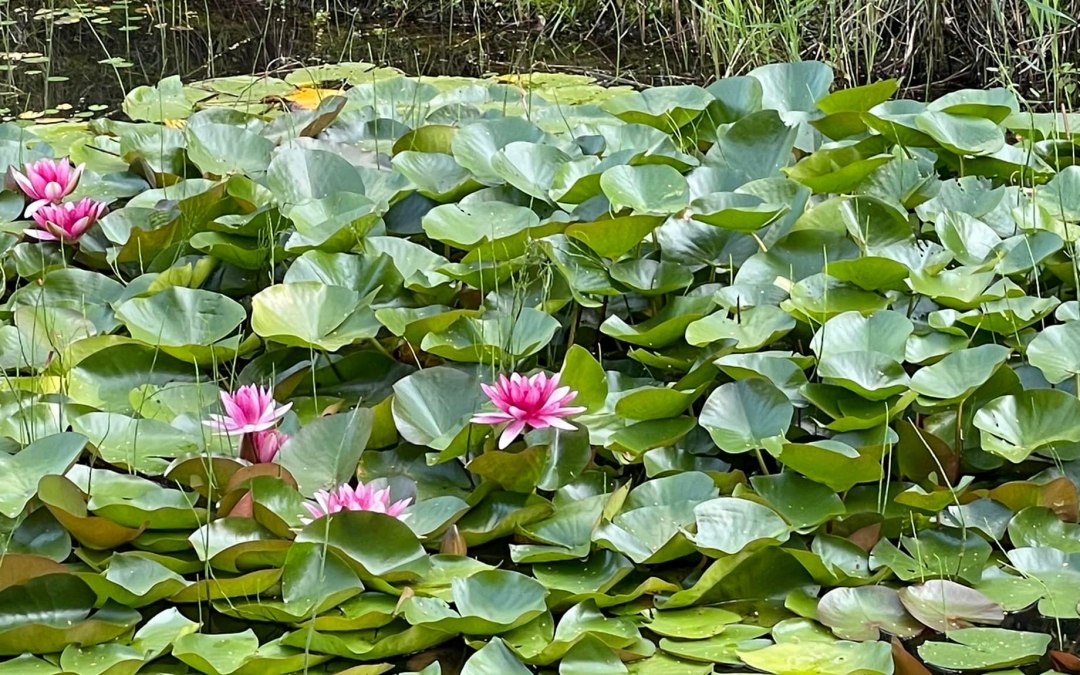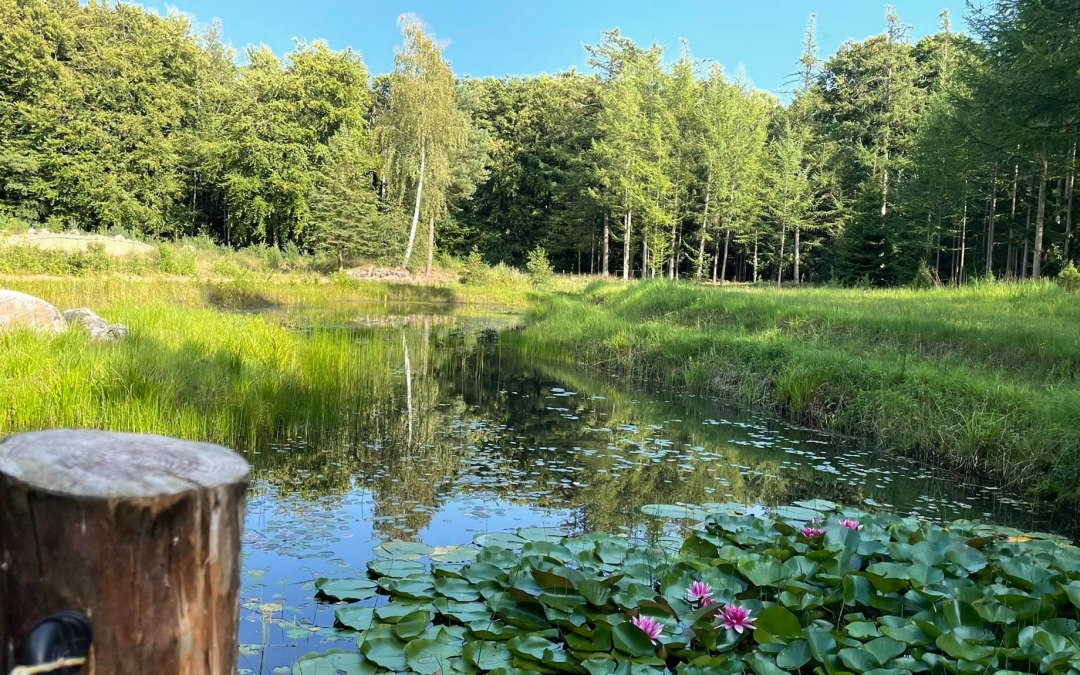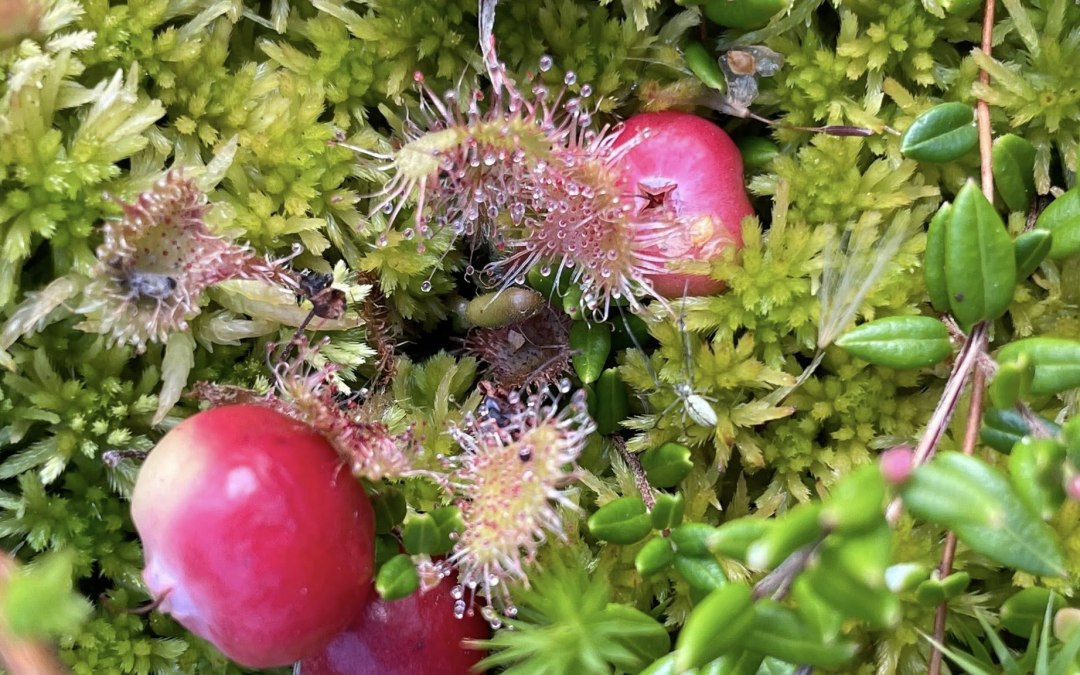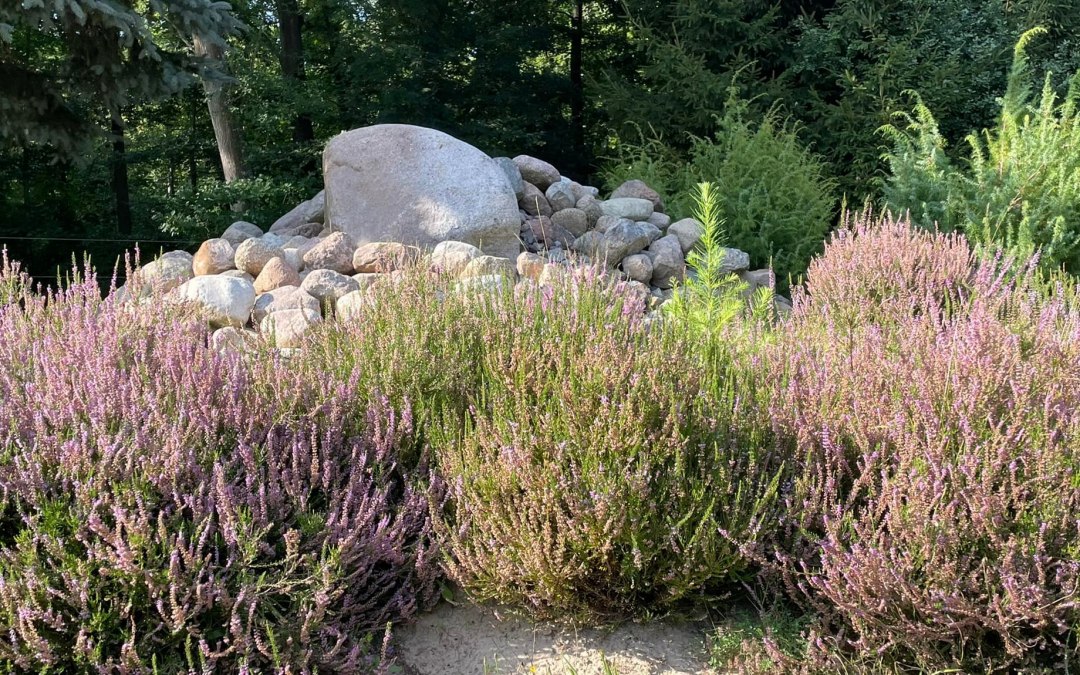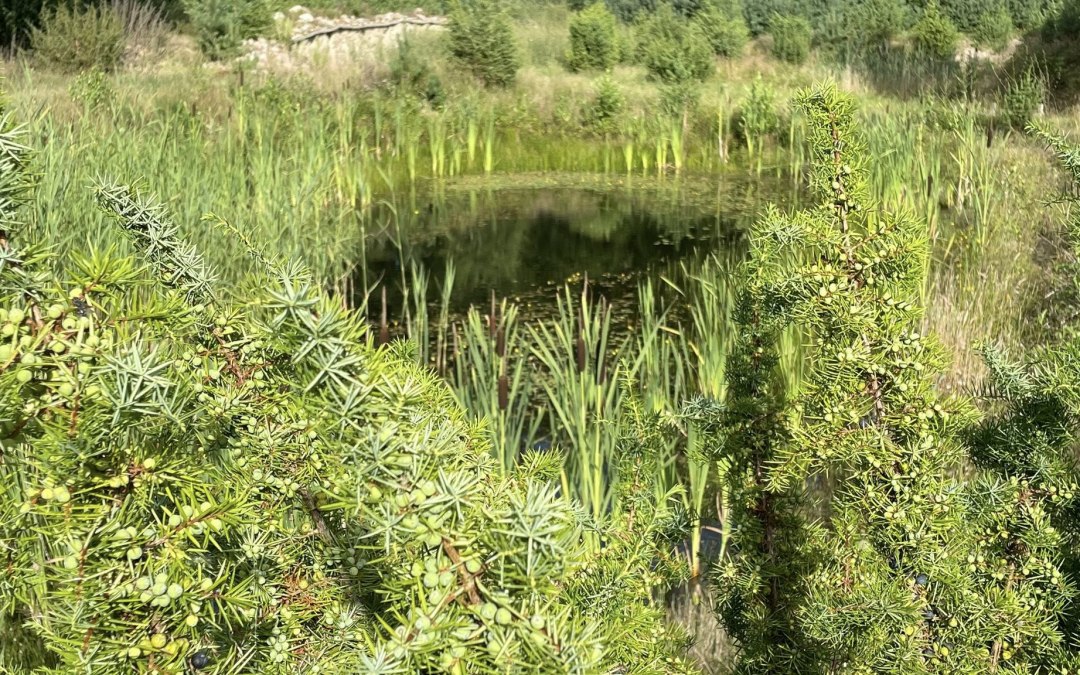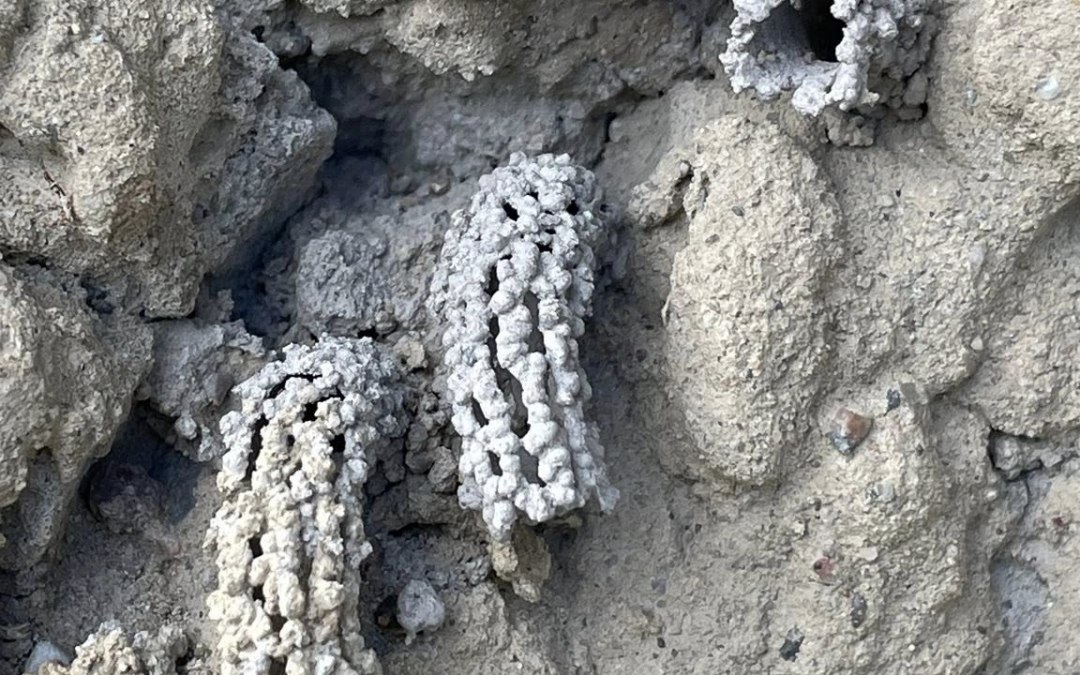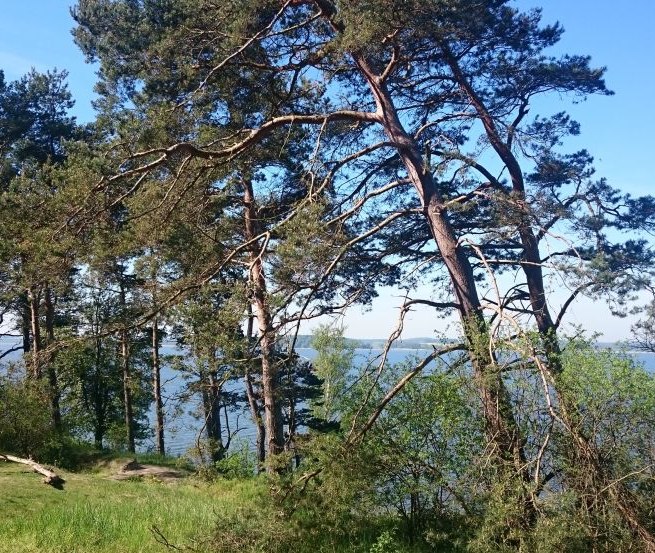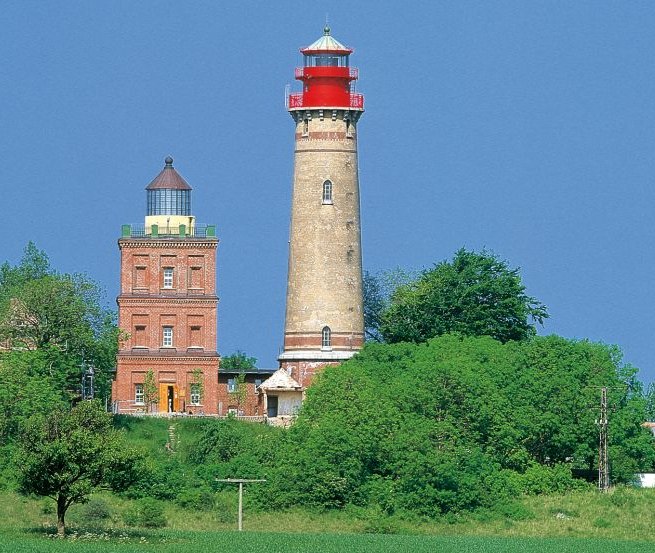"Strictly speaking, the Saal biotope is a collection of biotopes," says the old forester Martin Lawrenz, reporting on the efforts required to create a plant world surrounded by his raised bogs and fens, dry heath, water areas with water lilies, dry stone walls, piles of stones and areas of dead wood, which are also followed by the desired animal world. The water bodies must be deep enough to prevent silting up. Too many water lilies and yellow-flowered frogbit decompose in the fall and form putrefactive gases that disturb the biological balance. Therefore, laborious weeding is necessary. This regulating intervention is carried out regularly.
Discover this gem in a clearing at the southern tip of the municipality of Saal: Martin Lawrenz, retired forester and owner of this piece of woodland, has brought the former sandpit back to life with an artificial moor, water features, terraces, fieldstone piles and walls, a seating area under fir trees at the highest point of the site ... ...
- In May it turns green and the chimney wasps begin their work,
- from June the water lilies bloom
- in the fall there are mushrooms, many and large, blackberries also in the adjacent mixed beech forest... in the forest 14 degrees plus in the autumn sun feels wonderful
- Tree beads at small injury sites on the beech trees are little lucky charms ...
Lawrenz keeps the grazing forest animals away from the still young vegetation with a protective fence, but it obviously doesn't work without natural browsing either, so Lawrenz has to tackle the autumn pruning himself with garden tools and technology. It is an impressive piece of cultivated nature. Water lilies, grasshoppers, dragonflies & co. show themselves to the delight and contemplation of us local recreationists.
Chimney wasps in May: solitary wasps are important for the natural cycle
Despite their bad reputation, wasps are important for the natural cycle. They not only serve as pollinators, but also eat plant pests. One particularly interesting species is the common chimney wasp, which builds "chimneys" at its nesting holes.
In order to be able to observe and help chimney wasps, a triad of food (weevil larvae), nesting site (clay or dry place) and suitable habitat with alfalfa must be available. One such location is the Saal biotope. Here, the animals form large clusters of nests and can be easily observed.
As the name suggests, the chimney wasp builds a chimney on its house, and this is how it works: The wasp digs a nesting tube up to five centimeters deep, soaks the building material removed in the process with saliva and deposits it in front of the nesting tube in the form of a "chimney". After breeding, the wasps can store the material back into the tube as filling material.
By the way: sand, clay, gravel, field stones and the terrain in our region are a legacy of the last ice age. The resulting brick and fieldstone buildings are contemporary witnesses of our subsequent civilization.
The Saal forest biotope collection is not far from the Saal Apostle Stones. Guides from the Southern Bodden Coast Tourist Office offer regular guided tours from May to September. You will then see: field bumblebee, water mint, immortelle, dragon's bane, western honeybee, broad-leaved bulrush, water lilies, blackberries, rock bumblebee, round-leaved sundew, broom heather, juniper, redwoods, bell heather, common scratch thistle, water frog, emperor cloak, peacock butterfly, ...
On your own: don't forget your picnic basket!

